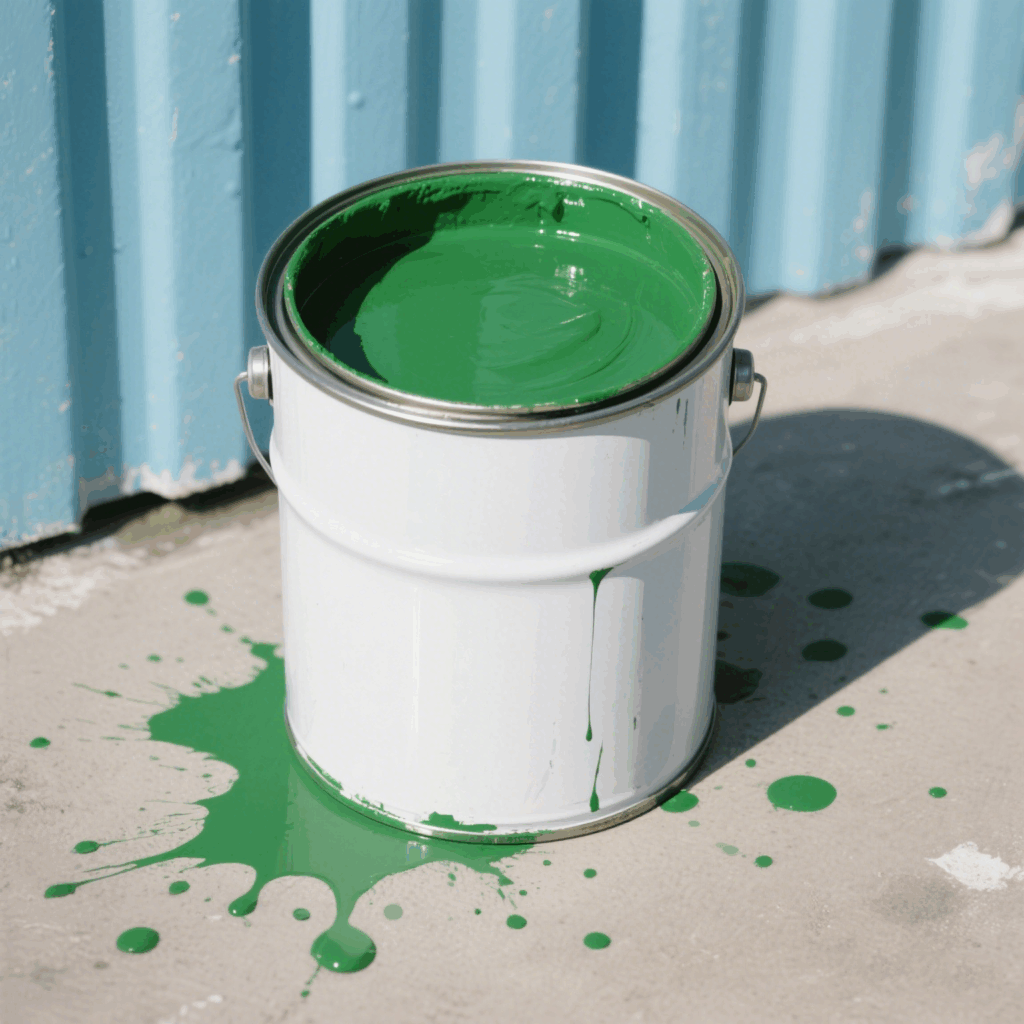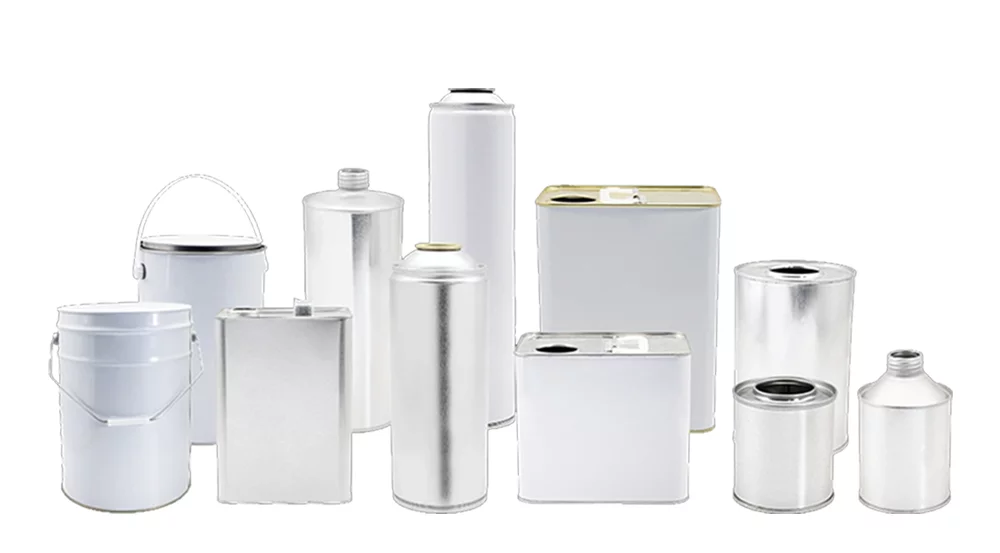Imagine a fighter jet twisting through the sky when suddenly, an alarm blares. A missile is closing in. In a split second, the pilot must deploy the perfect defense. But which one? A glittering cloud of metallic strips or a burst of brilliant, burning light?
This is the critical decision at the heart of aircraft survival, and it all comes down to understanding two essential countermeasures: chaff and flares. These are not just fireworks; they are sophisticated decoys designed to trick the two primary types of missile threats: radar-guided and heat-seeking. While both serve to save an aircraft from destruction, they work on entirely different principles.
Chaff:
What is it? Chaff is a radar countermeasure consisting of a dense cloud of tiny, hair-thin fibers, typically made of aluminum, metal-coated glass, or plastic. First developed by the British during World War II to blind German air defense radars, it has been a staple of electronic warfare ever since. Think of it as a storm of metallic confetti designed for confusion.
How does it work? Chaff’s target is a radar-guided missile. This type of missile uses radio waves to paint a target and home in on the reflection. When an aircraft disperses chaff, it creates a massive, shimmering cloud that reflects radar waves far better than the aircraft itself.
For the incoming missile, the single, clear target of the jet is suddenly lost in a disorienting hall of mirrors. The missile’s seeker is overwhelmed by hundreds of false targets, making it impossible to distinguish the real aircraft from the electronic noise. The jet becomes a ghost in the machine, slipping away while the missile chases meaningless reflections.
Flares:
What is it? Flares are pyrotechnic cartridges designed to defeat infrared (IR) 또는 “heat-seeking” missiles. These missiles don’t use radar; instead, they lock onto the intense thermal energy produced by an aircraft’s engines. A flare is essentially a disposable, ultra-hot decoy.
How does it work? When a flare is deployed, it ignites and burns at thousands of degrees—a temperature significantly hotter than the aircraft’s engine exhaust. This sudden, brilliant burst of thermal energy presents an irresistible new target for the heat-seeking missile.
The missile’s guidance system, designed to seek the most intense heat signature, is instantly lured away from the aircraft and toward the more appealing flare. It’s a classic bait-and-switch. The missile chases the disposable decoy, which burns out in a few seconds, leaving the missile with no target as the aircraft escapes.
Head-to-Head:
The choice between chaff and flare is not a matter of preference; it’s a tactical necessity based on the type of threat detected. Using the wrong one is ineffective.
| 특징 | Chaff | Flare |
|---|---|---|
| Target Missile | Radar-Guided | Heat-Seeking (Infrared) |
| Method of Deception | Creates a cloud of false radar targets | Creates a hotter heat source as a decoy |
| Analogy | A hall of mirrors | Irresistible bait |
| Primary Advantage | Can confuse multiple radar systems with a large cloud | Highly effective against a direct IR threat |
| Key Limitation | Less effective against modern, advanced radars that can filter out chaff | Must be deployed at the right time; short burn time |
Often, pilots deploy both simultaneously in a “pre-emptive” defense when a threat is suspected but not yet identified, hoping to cover all bases.
The Constant Evolution of Evasion
The relationship between missiles and countermeasures is a relentless cat-and-mouse game. As missile technology advances, so must the decoys. Modern missiles have sophisticated “counter-countermeasures” designed to defeat these systems. 예를 들어, some seekers can analyze the flight characteristics of a target to reject stationary chaff clouds, while others can recognize the specific burn profile of a flare compared to an aircraft engine.
In response, chaff and flare technology continues to evolve. New materials and deployment patterns are being developed to create more convincing decoys. Beyond these classic tools, the future lies in even more advanced systems like Directed Infrared Counter Measures (DIRCM), which use lasers to actively blind a missile’s seeker, 그리고 digital radio frequency memory (DRFM) jammers that create highly realistic, false electronic targets.
결론적으로, chaff and flares are foundational elements of modern air defense. Chaff blinds radar, while flares fool heat. Understanding this fundamental difference is crucial for pilots, military strategists, and anyone interested in the intricate dance of aerial combat. As technology pushes forward, this high-stakes game of deception will only become more complex, ensuring that the art of evasion remains as critical as the power of attack.






















